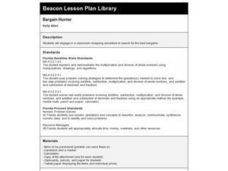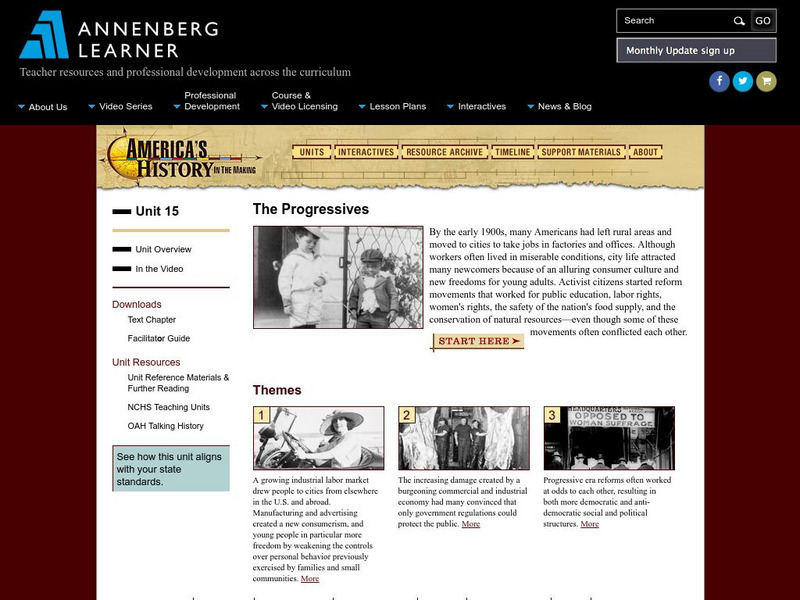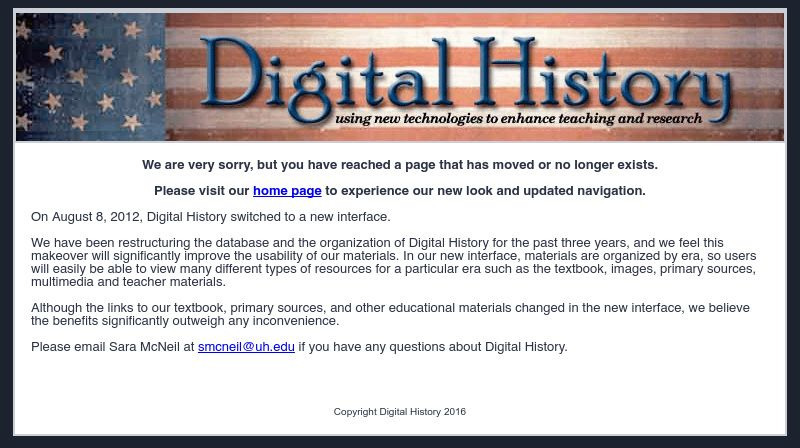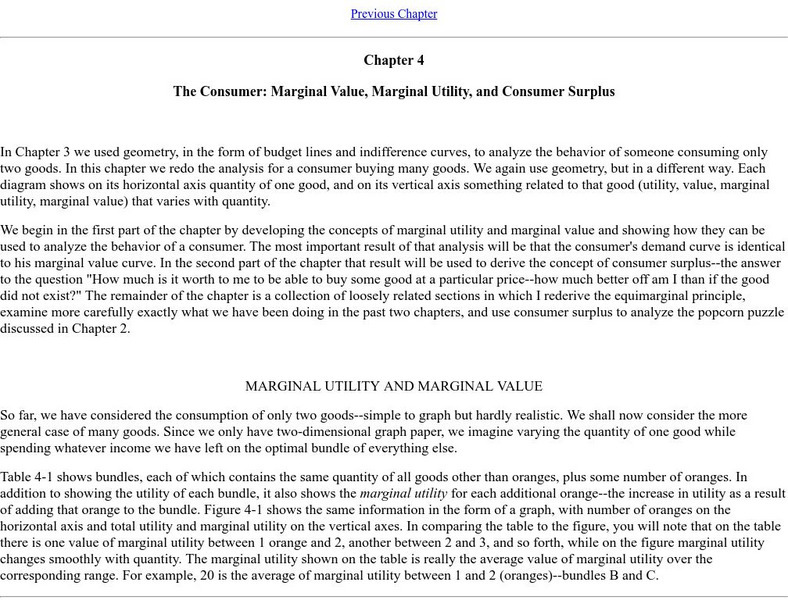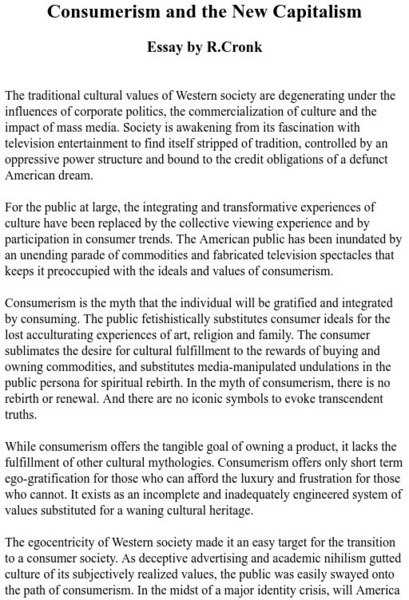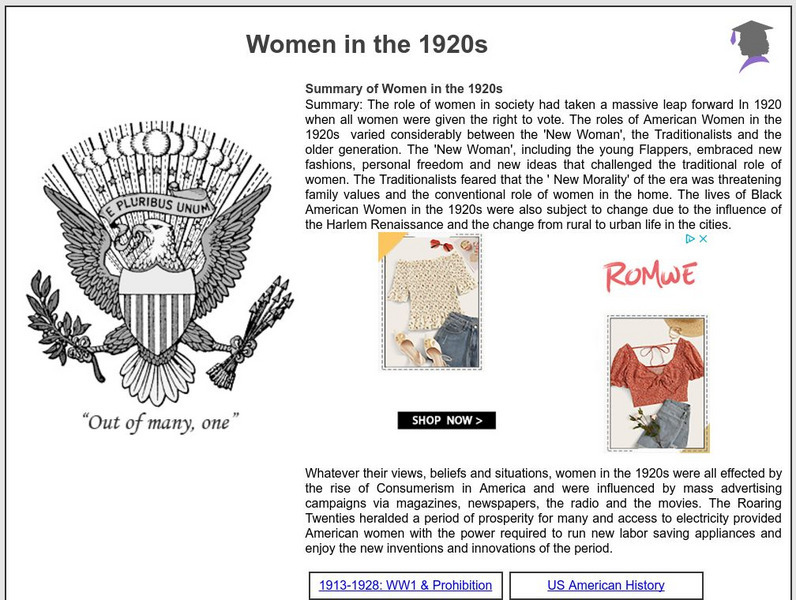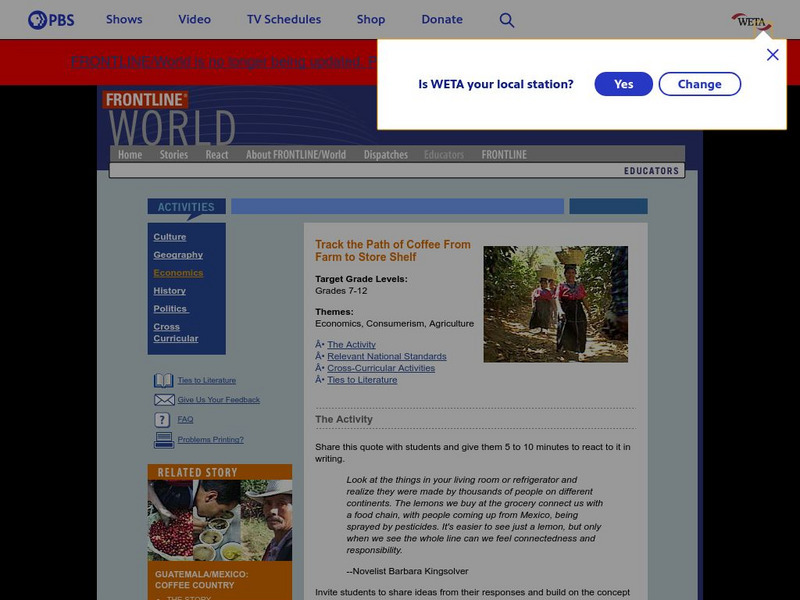Curated OER
Toys, Fads And Fashion
Students examine toy fads in the UK by examining newspaper fliers and descriptions of toys and games. They work in groups to decide on a toy that would be a good gift for younger child. They read about the YoYo which was the most popular...
Curated OER
Bargain Hunter
Students engage in a classroom shopping adventure to search for the best bargains.
National Humanities Center
National Humanities Center: America in Class: America in the 1920s: Prosperity: Consumerism
The National Humanities Center presents collections of primary resources compatible with the Common Core State Standards - historical documents, literary texts, and works of art - thematically organized with notes and discussion...
PBS
Art21: Barbara Kruger
Much of Kruger's art questions the viewer about feminism, consumerism, and desire. Her trademark black text on a red background has been seen around the world and can still be recognized today.
American Chemical Society
The Pharmaceutical Century: The 1950s
This extensive review of the advances in medical research and technology in the 1950s credits the Cold War and Cold War thinking with promoting scientific research and government funding of that research, including medical issues. Find...
OpenStax
Open Stax: Industrialization 1870 1900: A New American Consumer Culture
Learn about the development of the consumer mindset at the end of the 19th century.
University of Virginia
Miller Center at Uva: u.s. Presidents: Dwight Eisenhower: Domestic Affairs
President Eisenhower tried to follow a middle road in proposing and supporting domestic affairs during his presidency. Read about the policies he put forward. Read also about his dealing with Senator Joseph McCarthy, and his spotty...
Annenberg Foundation
Annenberg Learner: America's History in the Making: The Progressives
Comprehensive teaching unit that explores the Progressive period in America and the reform movements that accompanied it. Contains video and text materials, web interactives, student oriented activities, and a timeline of key events from...
PBS
Pbs: Pov Borders: Environment
Point of View is television's longest running showcase for independent non-fiction films. This particular feature provides insight regarding alternative means of energy, transport, and the consumption of natural resources. Video, games,...
Digital History
Digital History: The New Woman
Although women rejoiced in gaining the right to vote in 1920, the women's movement stalled during this time. Read about the problems within the movement and opposition from outside the movement.
Other
Public Citizen
This is the homepage of "Public Citizen", an online source for information on consumer and other public interest issues. The site contains numerous links to related topics.
Other
Story of Stuff Project: The Story of Stuff
Activist Annie Leonard narrates this anticonsumerism video that traces the links between what we consume as finished goods and what is consumed in the production of those goods. The hidden costs of consumption-costs attributable to...
Library of Congress
Loc: The Branding of America
This Library of Congress resource page includes information about American brands names and products. The history of advertising as a whole as well as the history of Coca-Cola TV ads, and the beverage industry are also covered. There are...
British Library
British Library: Discovering Literature: Travel, Colonialism and Slavery
From Robinson Crusoe to the anti-slavery activism of Olaudah Equiano and the letters of Ignatius Sancho: explore a range of writing produced during an age of travel, trade and colonial conquest, in which Britain vastly expanded its...
British Library
British Library: Discovering Literature: Georgian Society
Explore the Georgian period in its social, political, and historical contexts, with overviews of popular politics, the rise of consumerism, and entertainment.
Digital History
Digital History: The 1920s an Overview
A brief overview of what is in store for America in the 1920s, the Jazz Age. Read about the rise of consumerism, the clash of values, and the rise of fearing the "other."
PBS
Pbs Lesson Plan (Affluenza): Small World
A instructional activity focusing on over-consumption where students are challenged to consider the impact of the American lifestyle on the environment. Using an apple as a model, this instructional activity offers students a visual...
Other
Marginal Value, Marginal Utility, & Consumer Surplus
"Chapter 4: The Consumer: Marginal Value, Marginal Utility, and Consumer Surplus" by David D. Friedman discusses and analyzes the consumer who buys many goods.
Other
Center for a New American Dream
Has the American Dream become jaded? Has it turned into a materialistic nightmare? The New American Dream center has information to keep the Dream alive and healthy.
Other
Westland Research: Consumerism and the New Capitalism
This essay on consumerism and the new capitalism is a good resource on the topic for the serious student.
Siteseen
Siteseen: American Historama: Women in the 1920s
A comprehensive overview with detailed facts about the changing role of women in society. Provides lists of famous women of the 1920s.
PBS
Pbs Teachers: Track the Path of Coffee From Farm to Store Shelf
Consider how individuals making economic decisions connect countries to one another around the world. Discuss what happens and how farmers and factory workers in third-world countries are affected when production exceeds consumption.



